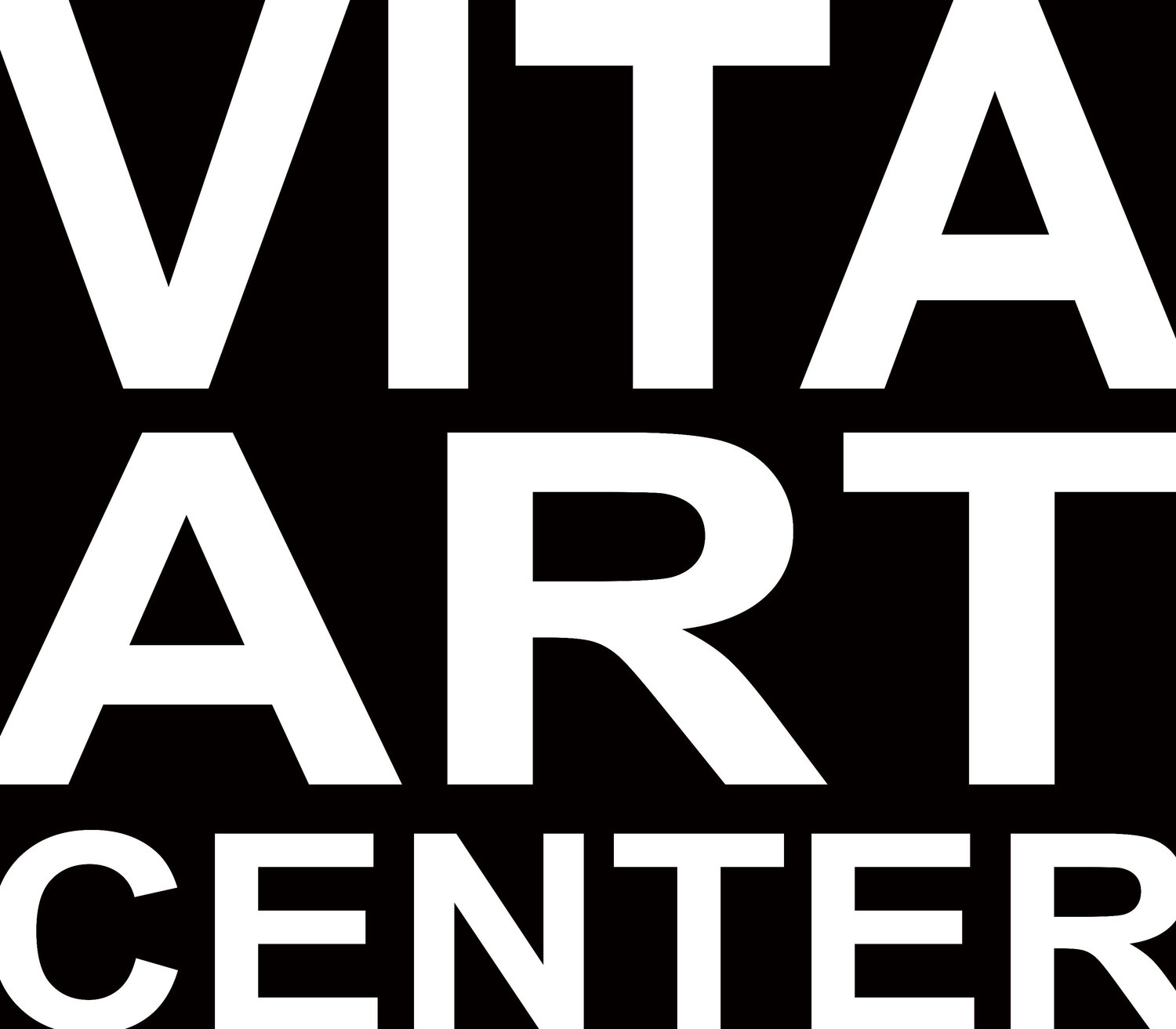DIANE MEYER
Berlin, Artist Statement
My work has long been defined by explorations into the physical, social and psychological qualities that characterize place. These investigations have taken various forms throughout my career. Just as different locations have different defining features, my work frequently changes genres and mediums in accordance with the conceptual framework in which I am working. I am interested in experimentation and as such, have produced a wide range of projects using different materials including an installation based around the notion of the American West as an invented, mythological space; a large scale photography based project focusing on transportation issues and carless- ness in Los Angeles, a series of installations taken in the sleeper car of a cross-country and several site specific installations in various cities related to local histories.
I recently completed series of 43 hand-sewn photographs taken along the entire roughly 100 mile path of the former Berlin Wall. Sections of the photographs have been obscured by cross-stitch embroidery sewn directly into the photograph. The embroidery is made to resemble pixels and borrows the visual language of digital imaging in an analog, tactile process. In many images, the embroidered sections represent the exact scale and location of the former Wall offering a pixelated view of what lies behind. In this way, the embroidery appears as a translucent trace in the landscape of something that no longer exists but is a weight on history and memory. By using the embroidery in a way that is reminiscent of pixels, a connection is being made between forgetting and file corruption.
The images were taken in the city center as well as the outskirts of city where I followed the former path of the wall through suburbs and forests. I was particularly interested in photographing locations where no visible traces of the actual wall remain but where one can still see subtle clues of its previous existence. These clues include incongruities in the architecture that occurred as new structures were built on newly opened land parcels, changes in streetlights, or newer vegetation. Often the embroidered sections of the image run along the horizon line forming an unnatural separation that blocks the viewer. This aspect of the sewing emphasizes the unnatural boundaries created by the wall itself. The sewing, which is soft and domestic provides a literal contrast to the concrete of the wall and a metaphorical contrast to its symbolism. As the scale of the stitches remains the same, the overall size of the image determines the amount of detail captured in the embroidery with the larger pieces in the series having over 30,000 individual stitches.
Another theme that runs through my work is an interest in the porous nature of memory and the ways it can be disrupted and replaced by images as well the means by which photography transforms history into nostalgic objects that obscure objective understandings of the past.
DIANE MEYER, BIO
Diane Meyer received a BFA in Photography from New York University, Tisch School of the Arts in 1999 and an MFA in Visual Arts from The University of California, San Diego in 2002. She has been living in Los Angeles since 2005.Her work has been exhibited in solo exhibitions at the Griffin Museum of Photography, Winchester; the 18th Street Art Center, Santa Monica; AIR Gallery, NYC, The Society for Contemporary Photography, Kansas City; SPARC, South Pasadena, the Granary Contemporary Art Center, Ephraim, Utah; Klompching Gallery, NYC and in a two person show at Pictura Gallery in Bloomington.She has been included in numerous group shows in the United States and abroad including at the George Eastman Museum, Rochester; Robert Mann Gallery, NYC; Regina Anzenberger Gallery, Vienna, Austria; Klompching Gallery, NYC; The Brattleboro Museum of Art, VT; Burrad Arts Foundation, Vancouver; Kunstagentur Dresden, Germany; Große Rathaus, Landshut, Germany; the Diffusion International Photography Festival, Cardiff, Wales; Arena 1 Gallery, Santa Monica; Fototropia, Guatemala City; Schneider Gallery, Chicago; Field Projects, NYC; China House, Penang, Malaysia; Galerie Huit, Arles, France; Project 42, Alkmaar, The Netherlands; Große Rathaus Galerie, Landshut; The Clarinda Carnegie Museum, IA; The Center for Photography at Woodstock, NY, Susan Laney Contemporary, Savannah; Marshall Contemporary, Venice; and others. Her work is in the permanent collections of the George Eastman Museum, the Clarinda Carnegie Museum, the Hood Museum, the Museum of Contemporary Photography, Chicago and the. University of Maryland. She is represented by Klompching Gallery. 